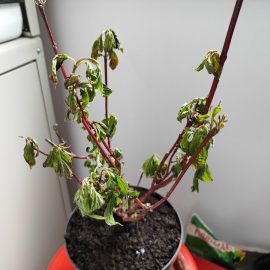Dogwood, planting guide and care work
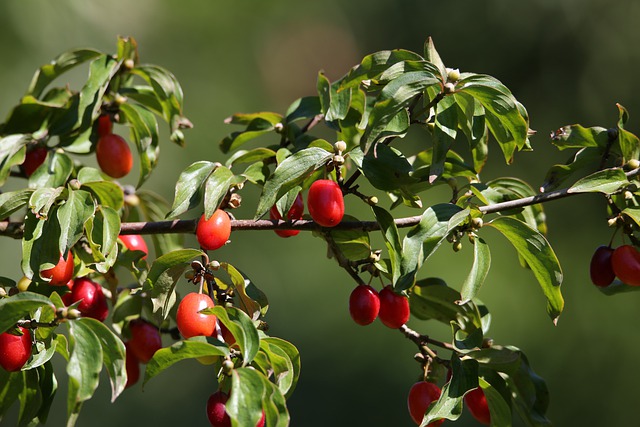
Cornus (Dogwood) is a genus of plants in the Cornaceae family, native to temperate and cold-temperate areas of Europe, Asia, and North America. They grow in the form of small trees or shrubs with deciduous leaves. They are flowering plants and the inflorescences look different from one species to another.
They have heights between 2-3 m and 10 m. They have simple leaves, with a straight edge and pronounced ribs; they are oppositely arranged on the branches. Most have inflorescences made up of several clustered flowers, but there are also species with single flowers. Some species bloom in late spring and summer, and others bloom early, in late winter. They develop drupes, variously colored, containing 1-2 seeds.
Cornus is usually planted in parks and gardens for ornamental purposes, as solitary specimens or in groups. In Eastern Europe, the species Cornus mas is cultivated for its edible fruits, used in various dishes. Its wood has a high density, being used in the manufacture of small objects, which require strong wood. Cornus’ bark is rich in tannins and is used in traditional medicine.
Species and varieties
The genus includes about 30-60 species, of which some of the most common are:
Cornus mas (the Cornelian cherry)
It grows spontaneously in some countries, like a shrub or small tree, 3-5 m tall. The leaves are oval-acuminate and slightly pubescent. It blooms early (in February-March), before the leaves develop. It forms inflorescences in the form of umbels, made up of small, yellow flowers. The fruits are red berries, ellipsoidal, red, glossy and have a sour taste. It includes several cultivars, of which:
‘Variegata’ – it has leaves decorated with white stripes.
Cornus sanguinea (common dogwood or bloody dogwood)
It is an indigenous species, which grows as a 4 m tall shrub. It develops vertical tendrils, and it has a reddish-green bark. The leaves are oval-acuminate, green, and in autumn they take on a blood-red hue. The flowers appear in May-June, are green, grow clustered in small and dense inflorescences, 4-5 cm in size. The fruits are small, black.
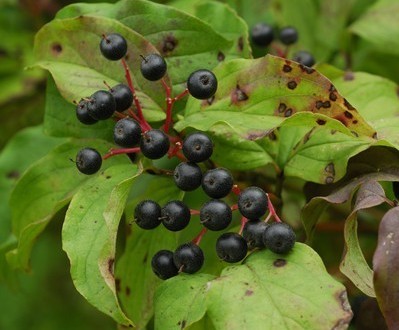
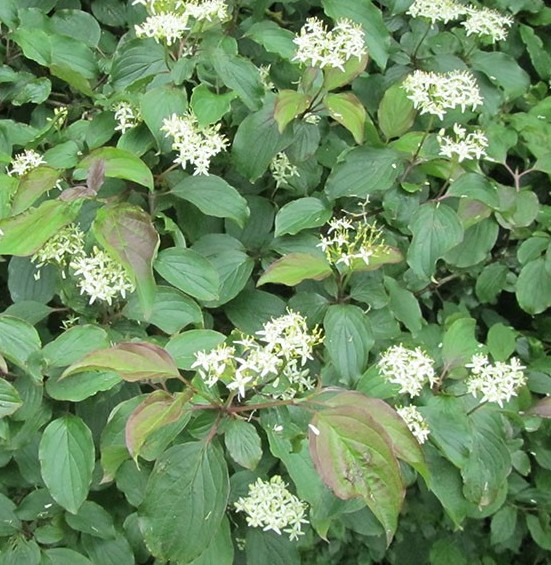
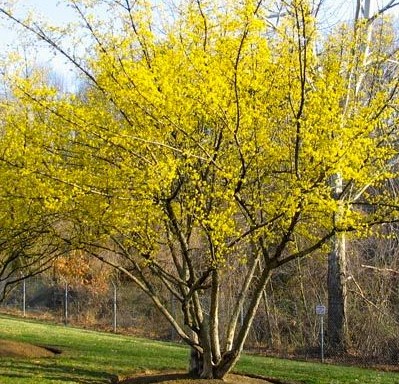
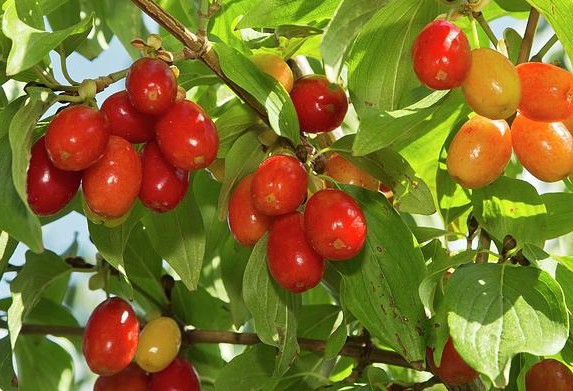
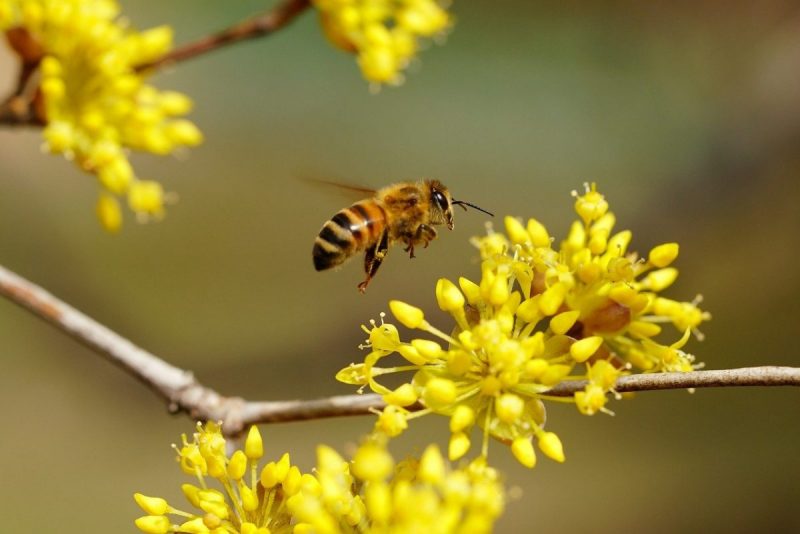
Cornus alba (white or Siberian dogwood)
It is a 3 m tall shrub, native to Siberia, Eastern China, and North Korea. It develops vertical, reddish shoots, which stand out in winter. The leaves are oval in shape, sharp at the tip, gray-blue on the underside. It blooms in May-June, developing small white flowers, grouped in corymbs. The fruits are white, sometimes white-blue. It includes several cultivars:
‘Elegantissima’ – the leaves are green, embroidered with white.
‘Spaethii’ – the leaves are embroidered with golden yellow.
‘Sibirica’ – the tendrils have a bright red hue.
Cornus florida (the flowering dogwood)
It is a small tree, 10 m tall, native to North America. In the USA it is highly valued as a flowering tree, representing the emblem of the state of Virginia. It has large, oval, acuminate leaves. In autumn it takes on a red hue. It blooms in May, forms singular, small, greenish flowers, protected by 4 large bracts. The fruits are red and have an ellipsoidal shape.
‘Rubra’ – it has pink-red flowers.
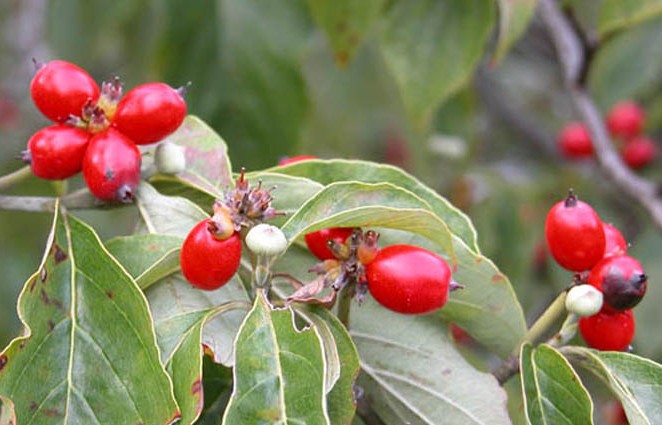
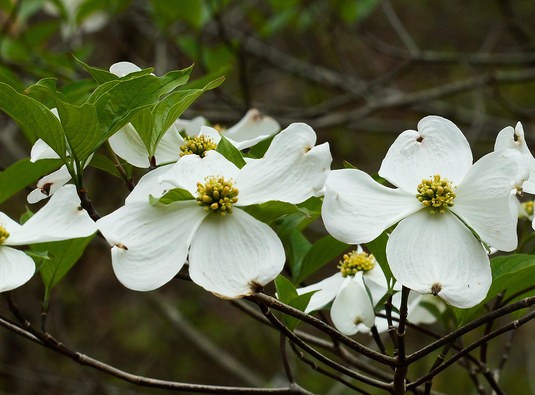
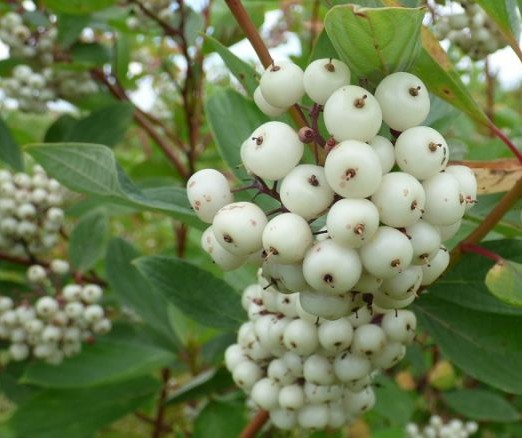
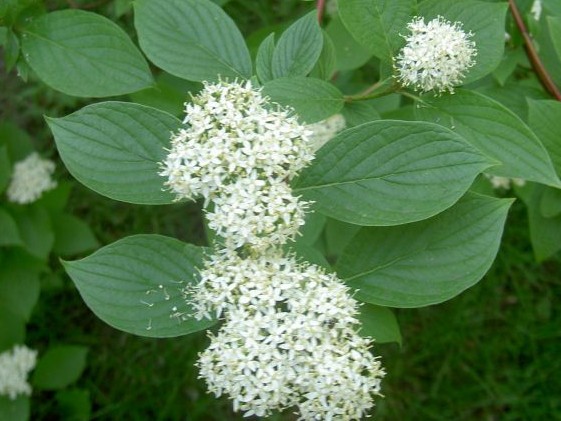
Cornus kousa (kousa dogwood)
It is a shrub native to East Asia, with spreading branches and oval-acuminate leaves, which acquire a reddish hue in autumn. It blooms in May-June, forms singular flowers, protected by 4 white bracts. The fruits have the appearance of blackberries, have a size of 2 cm and a pink-reddish color.
Cornus stolonifera (red-osier dogwood)
A shrub that reaches 2-3 m in height, native to North America. The stems are stoloniferous and the tendrils are arched, colored in dark red. It blooms in May-June, developing white, clustered flowers. It develops spherical, white fruits.
‘Flaviramea’ – it forms tendrils with yellow bark.
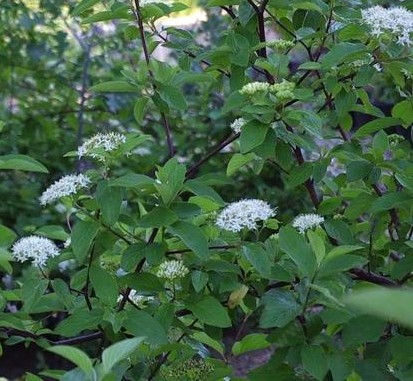
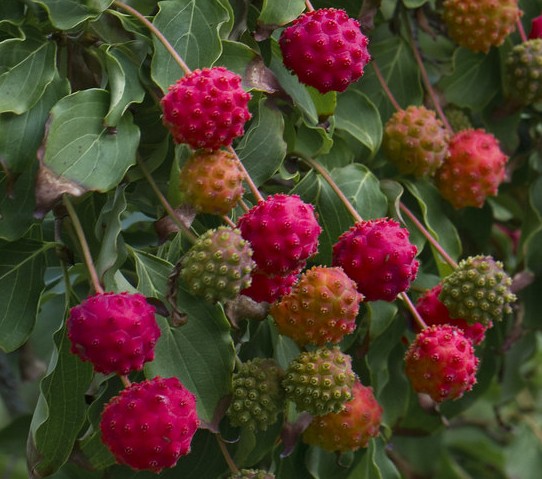
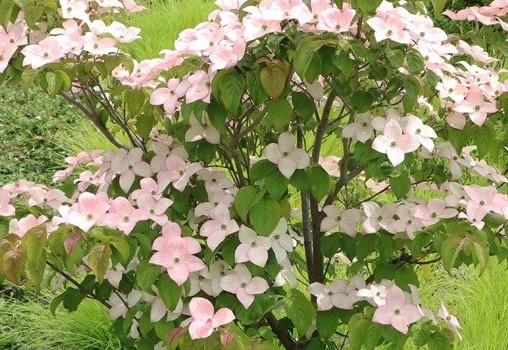
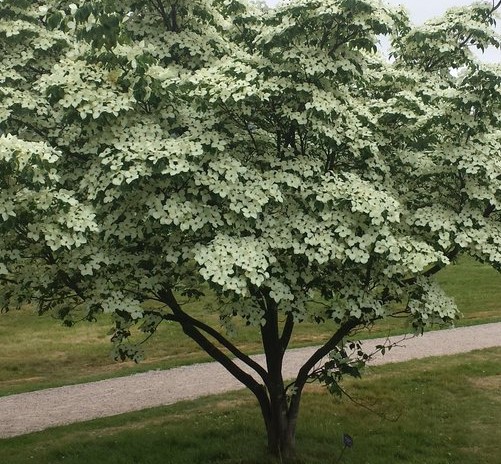
Environmental conditions
Light. It can withstand both bright and partially shaded places. C. sanguinea also grows in the shade.
Temperature. Apart from C. kousa , which is a subthermophilic species, the other species are resistant to frost.
Soil. Most species do not have specific soil requirements, tolerating both damp and dry soils. C. kousa and C. florida prefer moist soil, light, non-calcareous.
Watering
Watering should be done regularly. Still, the soil should dry on the surface before watering again.
Fertilization
The application of fertilizers should be done during the vegetative growth period, with specific fertilizers (ornamental shrubs / fruiting shrubs).
Recommended products
-
You can find products on a different store
Change Store -
You can find products on a different store
Change Store -
You can find products on a different store
Change Store -
You can find products on a different store
Change Store -
You can find products on a different store
Change Store -
You can find products on a different store
Change Store -
You can find products on a different store
Change Store -
You can find products on a different store
Change Store -
You can find products on a different store
Change Store -
You can find products on a different store
Change Store -
You can find products on a different store
Change Store -
You can find products on a different store
Change Store -
You can find products on a different store
Change Store -
You can find products on a different store
Change Store -
You can find products on a different store
Change Store -
You can find products on a different store
Change Store -
You can find products on a different store
Change Store -
You can find products on a different store
Change Store -
You can find products on a different store
Change Store -
You can find products on a different store
Change Store -
You can find products on a different store
Change Store -
You can find products on a different store
Change Store -
You can find products on a different store
Change Store -
You can find products on a different store
Change Store
Pruning
C. mas and C. sanguinea can withstand regular shape correction cuts.
Recommended products
-
You can find products on a different store
Change Store -
You can find products on a different store
Change Store -
You can find products on a different store
Change Store -
You can find products on a different store
Change Store -
You can find products on a different store
Change Store -
You can find products on a different store
Change Store -
You can find products on a different store
Change Store -
You can find products on a different store
Change Store -
You can find products on a different store
Change Store -
You can find products on a different store
Change Store -
You can find products on a different store
Change Store -
You can find products on a different store
Change Store -
You can find products on a different store
Change Store -
You can find products on a different store
Change Store -
You can find products on a different store
Change Store -
You can find products on a different store
Change Store -
You can find products on a different store
Change Store -
You can find products on a different store
Change Store -
You can find products on a different store
Change Store -
You can find products on a different store
Change Store -
You can find products on a different store
Change Store -
You can find products on a different store
Change Store -
You can find products on a different store
Change Store -
You can find products on a different store
Change Store
Diseases and pests
Among the diseases that can occur in the Cornus trees is the shot hole disease. The pests that can affect the Cornus trees are woolly apple aphids and citrus flatid planthoppers.
Plantation
It can be done in spring or autumn, during the vegetative dormancy period, at temperatures above 5° C, if the soil is not frozen and there is no danger of frost. Make sure you buy the planting material from authorized nurseries. Immediately after planting, water abundantly, then keep the soil always moist.
Propagation
Cornus species can be propagated through seeds, cuttings, layering, and grafting.
- the seeds should be sown immediately after harvest (C. mas, C. sanguinea) or after being layered for a year (C. florida, C. kousa).
- propagation through cuttings is done with portions of semi-lignified shoots. It is suitable for C. alba si C. stolonifera.
- through layering (simple or mound) only the varieties are propagated, in May-June.
- grafting in the form of T budding is done in the case of C. mas.
Recommended products
-
You can find products on a different store
Change Store -
You can find products on a different store
Change Store -
You can find products on a different store
Change Store -
You can find products on a different store
Change Store -
You can find products on a different store
Change Store -
You can find products on a different store
Change Store -
You can find products on a different store
Change Store -
You can find products on a different store
Change Store -
You can find products on a different store
Change Store -
You can find products on a different store
Change Store -
You can find products on a different store
Change Store -
You can find products on a different store
Change Store -
You can find products on a different store
Change Store -
You can find products on a different store
Change Store -
You can find products on a different store
Change Store -
You can find products on a different store
Change Store -
You can find products on a different store
Change Store -
You can find products on a different store
Change Store -
You can find products on a different store
Change Store -
You can find products on a different store
Change Store -
You can find products on a different store
Change Store -
You can find products on a different store
Change Store -
You can find products on a different store
Change Store -
You can find products on a different store
Change Store
In addition:
- most trees and shrubs are nectarious species.
- they are species that tiller strongly and have a fast growth.
- C. sanguinea and C. mas can withstand the polluted air in urban environments.
- some cultivars are suitable for pruning in the form of hedges.
- the genus Cornus includes some perennial herbaceous species.














































































































































































































































































































































































































































